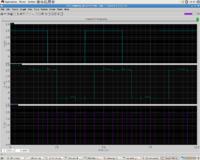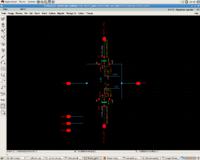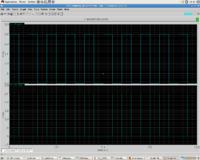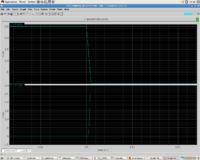viperpaki007
Full Member level 5

Hi,
I am simulating Transmission gate D flip flop in cadence but my simulation results show glitches at output. I am attaching my circuit diagram below. Can somebody suggest what is the problem
simulation: Transient
step size 0.1ns
Max step 0.1ns
Input frequency 250kHz
clock frequency 1MHz


- - - Updated - - -
I am also attaching my transmission gate circuit

I am simulating Transmission gate D flip flop in cadence but my simulation results show glitches at output. I am attaching my circuit diagram below. Can somebody suggest what is the problem
simulation: Transient
step size 0.1ns
Max step 0.1ns
Input frequency 250kHz
clock frequency 1MHz


- - - Updated - - -
I am also attaching my transmission gate circuit




